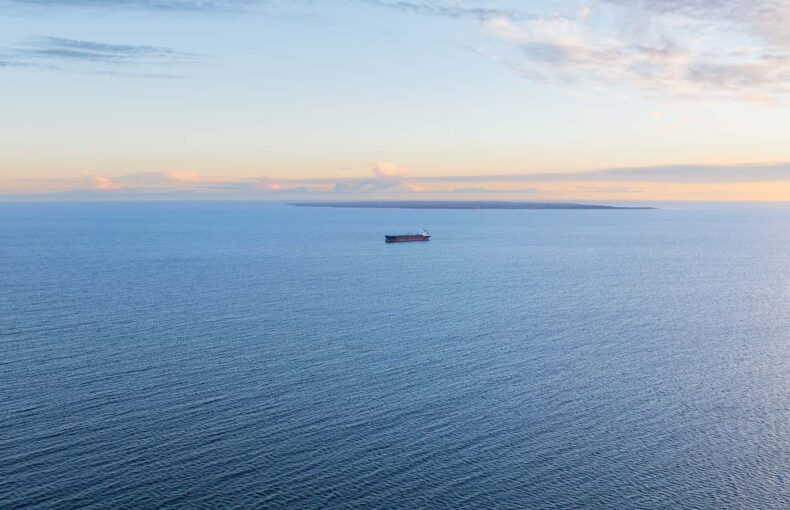
Countering AIS manipulation in the Baltic Sea
The Baltic Sea is fast becoming a focal point for hybrid warfare, where conventional military activity is interwoven with cyber and electronic disruption.
AIS Industry use case
Running an efficient fleet that is both compliant as well as profitable, all while ensuring the safety of crew and vessel, is a daunting task for shipping organizations of any size.
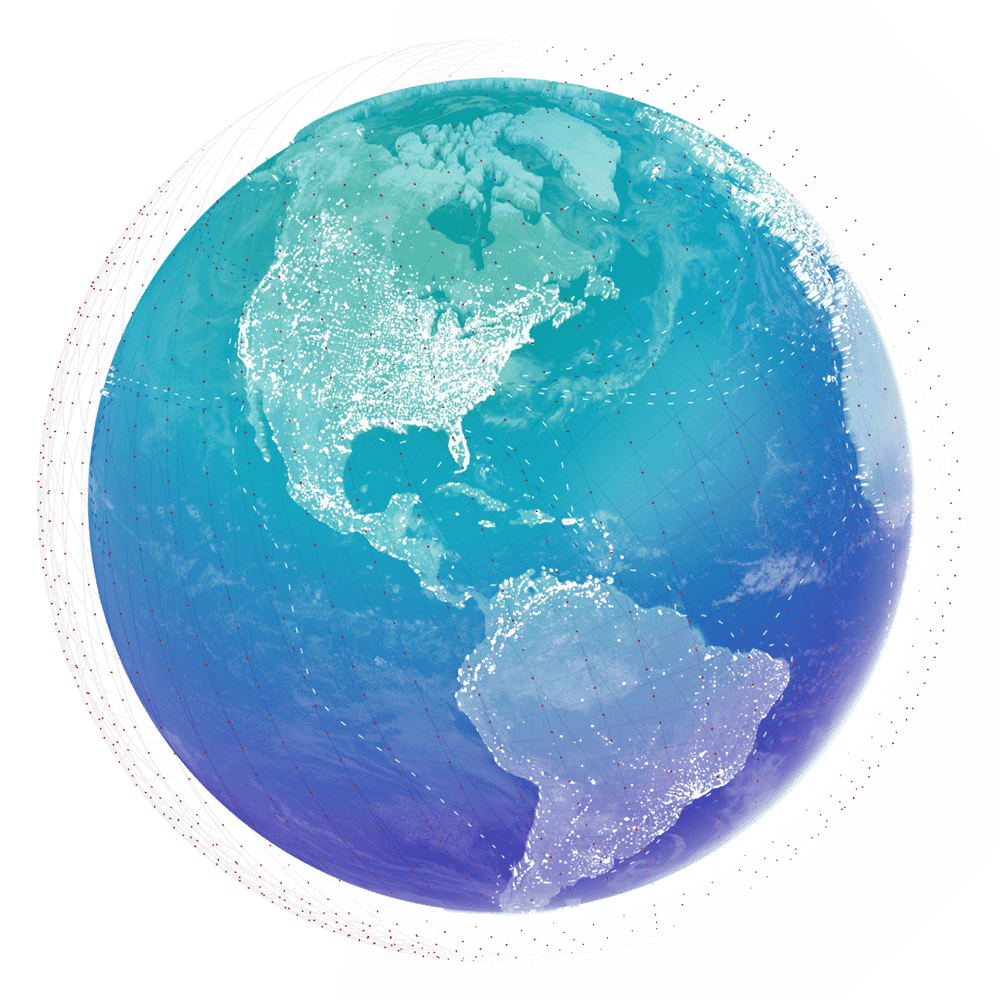

The Baltic Sea is fast becoming a focal point for hybrid warfare, where conventional military activity is interwoven with cyber and electronic disruption.
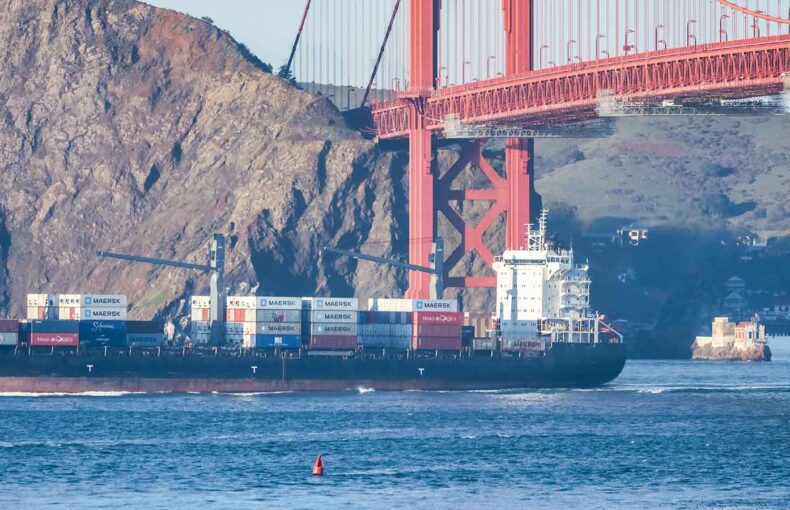
The US tariffs, announced on April 2nd 2025, and referred to by the US administration as “Liberation Day” measures, are already reshaping global trade dynamics, with significant implications for the maritime sector.
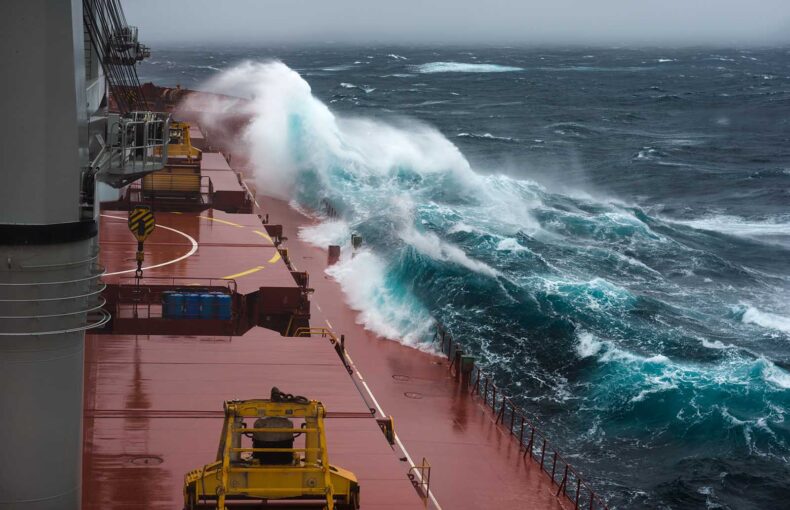
Maritime collisions, while rare, serve as stark reminders of the risks that persist despite modern navigation technology.
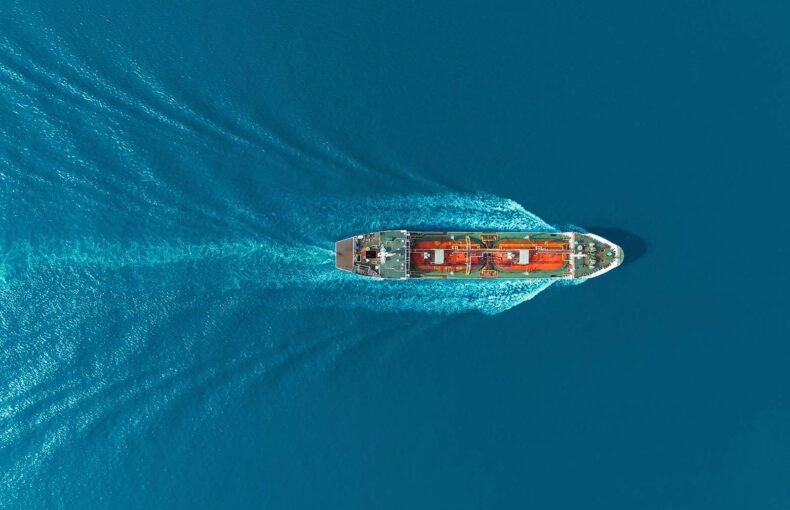
Live vessel tracking offers a powerful advantage to maritime industry professionals, enabling better decision-making, improved operational efficiency, and enhanced safety at sea.
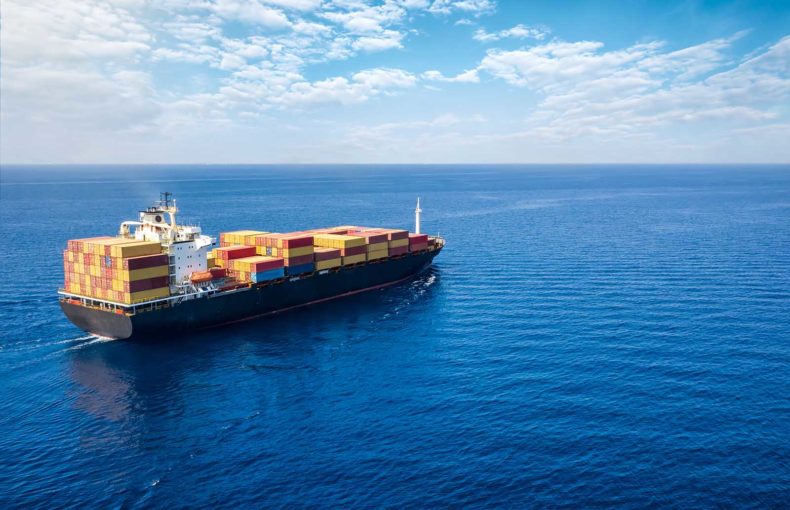
Understanding past vessel movements, using Historical AIS, is essential for gaining insights into maritime operations, market dynamics, security, risk assessments, environmental impacts, and regulatory compliance.
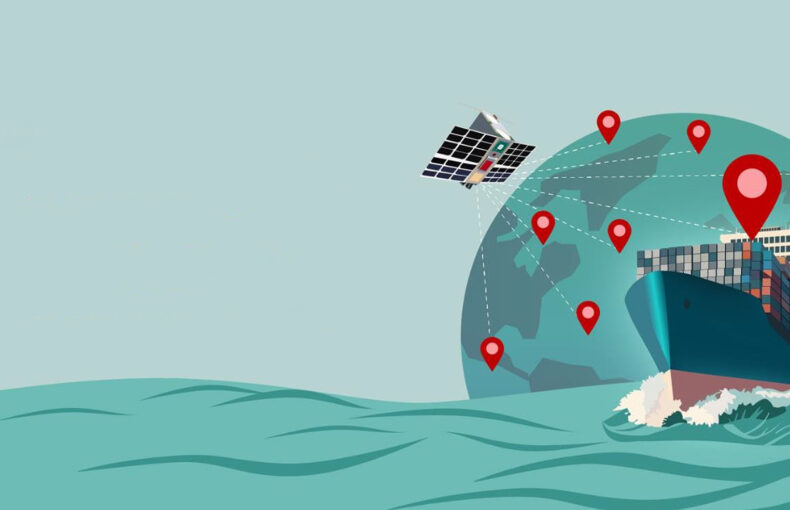
Originally designed as an anti-collision tool, the Automatic Identification System (AIS) has, over the past two decades, evolved into a comprehensive data collection and analysis system.

There are vast, well-known sources of carbon emissions that threaten the global environment—vehicle emissions, electrical power generation, agriculture, etc.
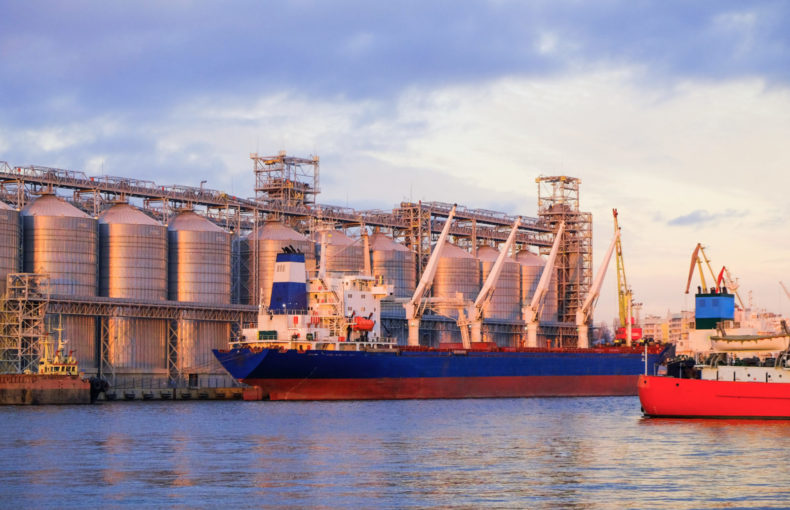
Using AIS data, we looked into the reported destinations of ships leaving Ukraine under the Black Sea Grain Initiative and monitored them to get a sense of what is happening on the ground.